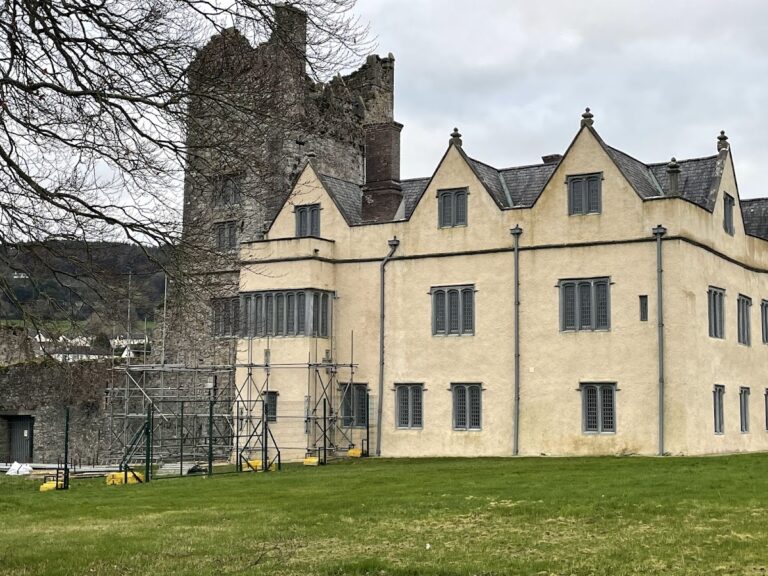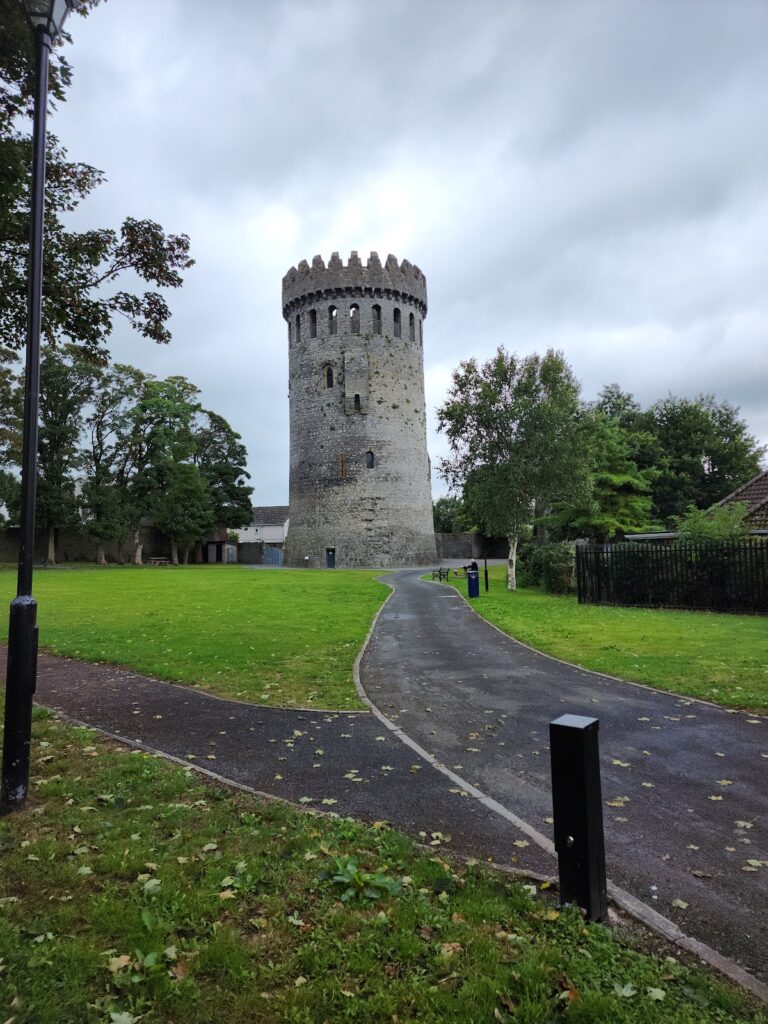Rock of Cashel: Historic Seat of Kings and Ecclesiastical Center in Ireland
Visitor Information
Google Rating: 4.6
Popularity: High
Google Maps: View on Google Maps
Official Website: heritageireland.ie
Country: Ireland
Civilization: Medieval European
Remains: Military
History
The Rock of Cashel is located in County Tipperary, Ireland, on a limestone plateau known as St. Patricksrock. It became the seat of the kings of Munster from at least the 4th century. The Eóganachta clan established a fortress there in the 5th century, securing their dominance over the region for many centuries.
In the 5th century, Saint Patrick is said to have converted the King of Munster at Cashel, according to early sources like the Tripartite Life of Saint Patrick. This event marked the beginning of Cashel’s role as a religious center and later led to its establishment as a bishopric.
In 977, Brian Boru was crowned king at Cashel, making it his capital before he became High King of Ireland around 1005. His descendants, the O’Brien clan, continued to rule from this site, maintaining its political importance.
In 1101, King Muirchertach Ua Briain gave the fortress to the Church, transforming Cashel into an ecclesiastical center and the residence of the Archbishop of Cashel. This marked a significant shift from royal to religious control.
The Rock of Cashel witnessed key historical events, including the 1172 homage paid to Henry II of England. In 1647, English Parliamentarian forces led by Murrough O’Brien, Earl of Inchiquin, besieged the site, resulting in a massacre. Later, in the mid-18th century, the cathedral roof was destroyed by Anglican Archbishop Arthur Price, which contributed to the site’s decline.
Restoration efforts have taken place in modern times, notably the 1975 restoration of the Hall of the Vicars Choral and recent conservation work on Cormac’s Chapel, including protective measures to preserve its Romanesque frescoes.
Remains
The Rock of Cashel complex sits atop a 65-meter-high limestone plateau and is enclosed by a defensive wall. The site includes a graveyard with several high crosses, among them the weathered Scully’s Cross, originally erected in 1860.
The oldest and tallest structure is the round tower, built around 1100. It stands approximately 28 meters high with an entrance raised about 3.6 meters above ground. Originally constructed using dry stone techniques, modern conservation has added mortar to improve stability. The tower has a shallow foundation roughly one meter deep.
Cormac’s Chapel, begun in 1127 and consecrated in 1134, is a Romanesque church made mainly of sandstone. It features a nave and chancel that are not aligned, with twin towers at their junction. The design reflects Germanic influence from carpenters sent by the Abbot of Regensburg. Architectural highlights include vaulted ceilings, wide arches, interior and exterior arcading, a barrel-vaulted roof, carved tympana (decorative panels) over both doorways, an ogive-arched chancel (pointed arch typical of Gothic architecture), and the oldest known stairs in Ireland. The chapel contains Ireland’s only surviving Romanesque frescoes, though these have suffered water damage. Recent conservation enclosed the chapel in a rain-proof structure to protect these paintings.
The cathedral, built between 1235 and 1270, is a cruciform (cross-shaped), aisleless Gothic building with a central tower. Attached to its west side is a large residential castle. The Hall of the Vicars Choral, constructed in the 15th century and restored in 1975, serves as the complex’s entrance. It houses the over seven-foot-high St. Patrick’s Cross, a heavily weathered 12th-century stone cross depicting Christ and a bishop figure.
Originally, the Hall of the Vicars Choral accommodated eight laymen singers, each with individual seals. This number was later reduced to five honorary vicars who appointed deputies. The upper floor contained their main living quarters.
The site’s graveyard and buildings form a compact, walled complex featuring large high crosses and other medieval stonework, preserving a rich architectural and historical legacy.










